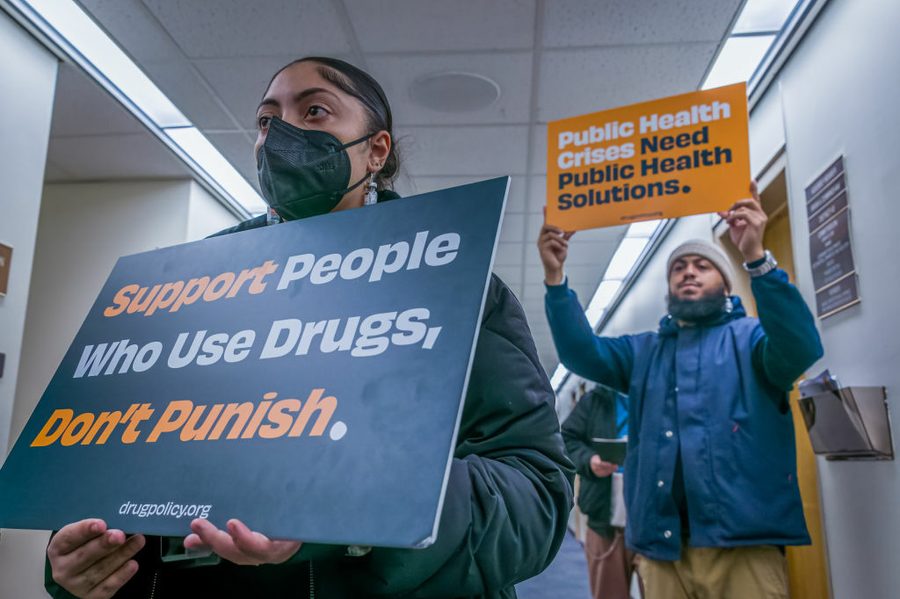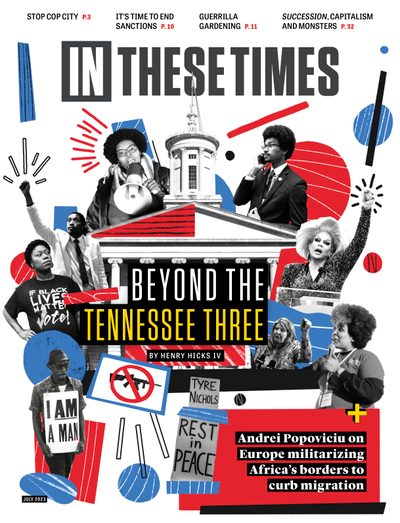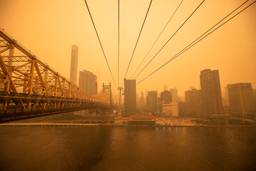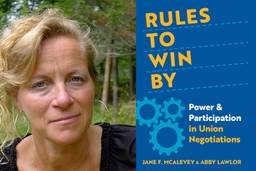Full Spectrum Overdose Prevention
A game-changing program to mitigate the fentanyl crisis.
Paige Oamek

NEW YORK — Yarelix Estrada, special project coordinator at the New York City Department of Health, sits in front of a computer and a spectrometer, analyzing the chemical makeup of drugs. She points at a graph of hills and valleys on the laptop. “The red that we see here is the drug provided” and “the blue is the best” match for a standard sample of that drug. She’s identified crack cocaine.
In this case, that’s good news.
Every Wednesday in the city’s Gowanus neighborhood, drug users line up for this drug checking service, one of the first in the city sponsored by the health department. “Our signup starts at 10 a.m. and is probably full by 10:10 a.m.,” says Graciela Razo, drop-in manager at Voices of Community Activists and Leaders (Vocal-NY), which began running the program this spring. Three other sites exist across the city.
The goal is a multipronged harm reduction approach to mitigate the drug overdose crisis; the city saw a 78% increase in overdose deaths in 2021 since the pandemic began. Alongside drug checking and test strips, that looks like opening a supervised consumption site, the nation’s first overdose prevention center, and providing naloxone (which reverses an opioid overdose).
In nearly half of U.S. states, fentanyl test strips are considered “drug paraphernalia” and deemed illegal, even as synthetic opioids like fentanyl fueled the nearly 15% increase in overdose rates from 2020 to 2021. Advocates claim the entire drug supply across the country is contaminated and needs monitoring.
But test strips only tell some of the story. Equally powerful substance — such as nitazenes (a synthetic opioid like fentanyl) and xylazine (aka “tranq,” a nonopioid animal tranquilizer) — are finding their way to unknowing users. “Part of why overdose rates are so high is because people are not aware of what exactly is [in] their drug and how to stay safe,” Razo says. Spectrometry can more precisely indicate what’s in a sample, while test strips only reveal the presence of fentanyl.
The testing program also allows harm reduction servicers to more closely surveil the ever-changing drug supply. “We’re learning about different cuts that are commonly found in certain substances that we did not know about before,” Estrada explains.
In Chicago, Taylor Wood has been shepherding the nation’s first drug checking program since 2019 at the Chicago Recovery Alliance, emphasizing that health departments across the country need to follow suit. His team is able to provide equivalent data that forensics and toxicology “provide in terms of drug trends, and we’re able to do it before the person has died,” Wood claims. To Wood, drug checking is common sense: “When we’re taking medication, we know the dosage, we also know side effects.” With other drugs, the unknown is the problem.
The Chicago Recovery Alliance has found that, since its inception, the majority of street-level opioids have been contaminated with fentanyl: Xylazine has appeared in one in five samples and nitazenes have gained prominence in the Midwest, which can increase a person’s opioid tolerance. Those results suggest criminalization won’t end the fentanyl issue; it’s ultimately just a game of whack-a-mole, with new synthetics being introduced.
Wood says he’s had clients come in with two baggies, one with xylazine and one without. He says clients immediately choose the safer sample after a drug check, and Estrada shares a similar story. She mentions a woman who approached her crying after a check, who had planned to use alone but went to get safe supplies first. She hadn’t used in a while, and when she found out her sample had a high amount of fentanyl, she decided not to use at all. Estrada says the dose could have led to a fatal overdose.
Estrada and Wood also emphasize the issue of capacity. In Chicago and New York, only a handful of spectrometry technicians are keeping track of the volatile drug supply. Alongside the high initial cost of the machines — which can be tens of thousands of dollars — spectrometers also require trained techs to analyze and interpret results. That training takes upward of six months.
“I look to the Canadians and I get really jealous,” says Wood, “because they’ve had governmental support from the get-go.” Federal and provincial governments there started investing in harm reduction services in 2017, when overdose rates increased significantly. Pilots using sophisticated lab- based testing popped up in major cities like Toronto and Victoria, British Columbia, and operate out of supervised consumption sites and community hubs.
In 2022, alongside analyzing 6,239 samples — a 244% increase from 2021 — Substance Drug Checking in Victoria also started “Teaching Thursdays,” in which users operate spectrometers themselves. “It’s helped greatly to build trust and understanding of the drug checking process,” says Eric Poarch, a technician who believes the program will be more successful if people with lived experience get more involved.
In May, Minnesota and Vermont took steps to develop and legalize drug checking statewide. Minnesota also became the second state, after Rhode Island, to officially support overdose prevention centers. In New York, Vocal-NY and other harm reduction advocacy groups are rallying for the Safer Consumption Services Act, which would allow and expand supervised injection sites.
“Until we can get safe supply” to address “this nightmare,” the government should provide drug checking access everywhere, Wood says. “Stigma is not only the biggest killer, but it’s one of the largest hurdles.”
Paige Oamek is a writer and fact-checker based in New York. Their writing appears in The Nation, The American Prospect and elsewhere.









